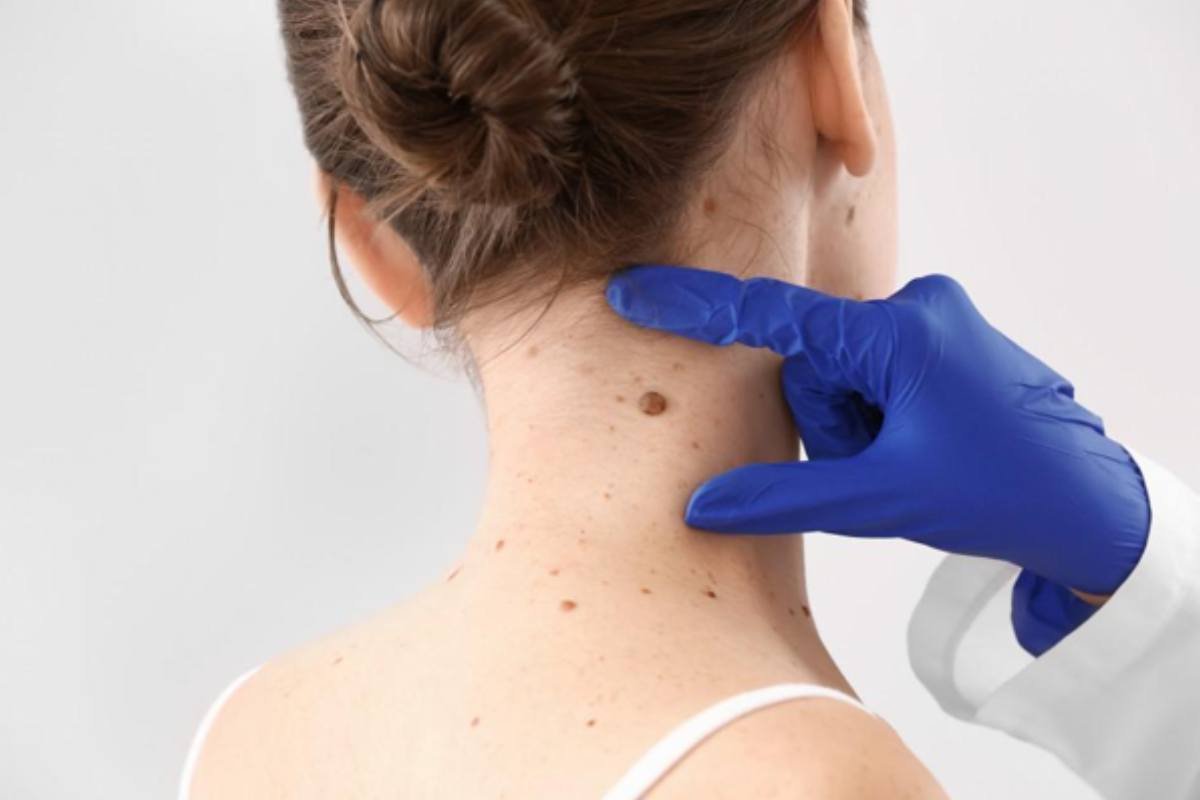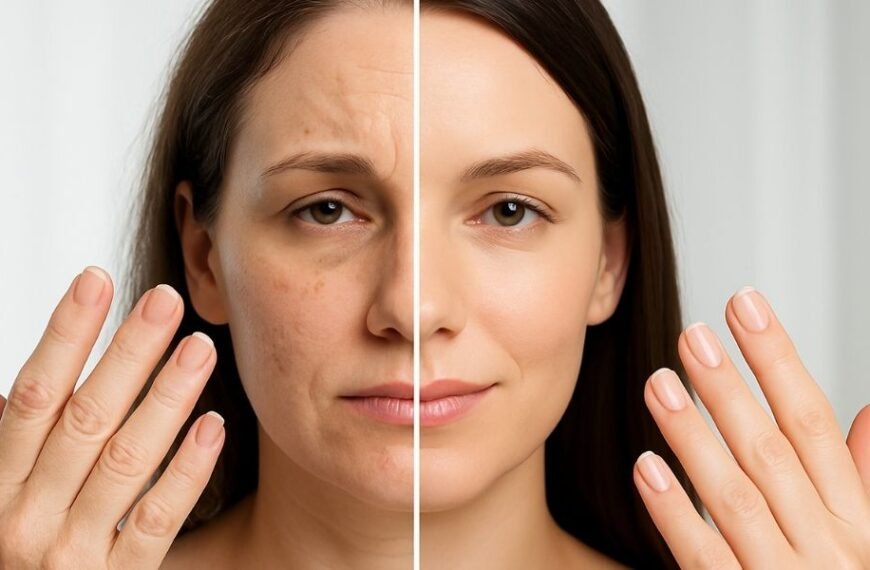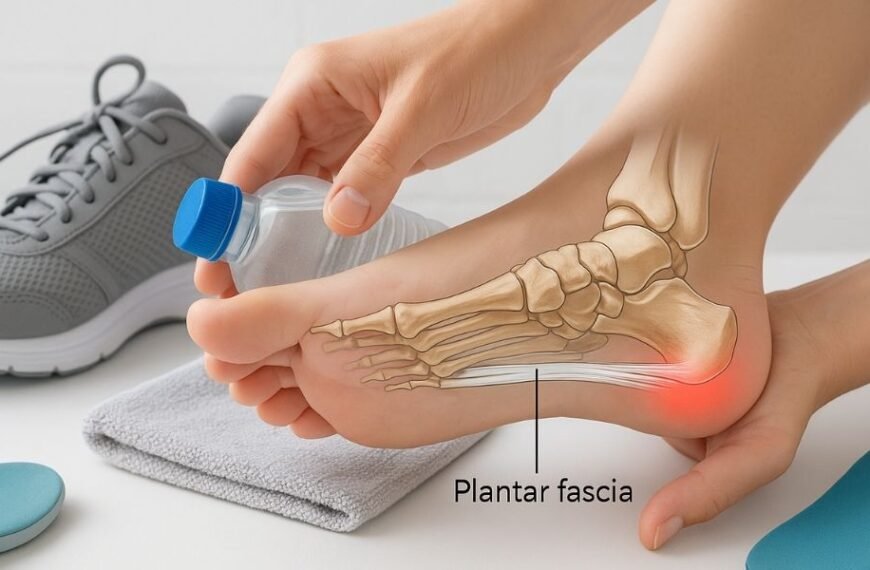Getting clear, smooth skin is something many people dream about. Skin tags, though harmless, can make you feel self-conscious. They’re those little soft growths that often appear around the neck, underarms, eyelids, or other areas where skin rubs together. The good news is you don’t have to rely on harsh chemicals or expensive procedures to deal with them. Nature offers some gentle and effective solutions—especially in the form of essential oils.
Understanding Skin Tags and Why They Appear
Skin tags are common, especially as we age or if we experience changes in our bodies like weight gain or hormonal shifts. They are small, flesh-colored growths that hang off the skin and are usually painless. While doctors say they’re generally not a health concern, many people want to remove them for cosmetic reasons or because they get irritated by clothing or jewelry. Thankfully, using natural remedies like essential oils can help reduce their appearance in a safe, gentle way.
Why Choose Essential Oils for Skin Tag Removal
There’s a growing interest in using essential oils for skin tags because they are plant-based, chemical-free, and easy to apply at home. Essential oils contain natural compounds that can help dry out the skin tag over time, allowing it to fall off without leaving scars. They also offer other skin benefits, like soothing inflammation or preventing bacteria from causing irritation. If you’re someone who prefers natural skincare, these oils are definitely worth considering.
The Top Essential Oils Known to Help with Skin Tags
Among the many essential oils available, a few stand out when it comes to treating skin tags. Tea tree oil is probably the most well-known. It has strong antibacterial and drying properties, which makes it effective at shrinking skin tags naturally. Frankincense oil is another excellent choice. It works by breaking down the tissue that forms the skin tag, helping it fade over time. Oregano oil, though strong, can also be powerful when used carefully, as it contains compounds that help dry and heal the affected skin.
How to Use Essential Oils Safely and Effectively
If you’re trying this at home, always start by cleaning the area with mild soap and water. Then, mix a few drops of the essential oil with a carrier oil, apply it to a cotton swab, and dab it directly on the skin tag. Covering the area with a bandage can help the oil stay in place and work more effectively. It’s important to be patient; natural remedies often take time but are gentle on the skin.
Some people notice their skin tag drying up within a week, while for others, it may take longer. If irritation occurs, it’s best to stop and try a different oil or reduce the frequency of application.
Why Natural Methods Are a Smart Choice
People are turning to essential oils because they’re natural and less likely to cause side effects compared to over-the-counter treatments or surgical options. Some treatments can be harsh and leave scars, but oils support the skin’s natural healing process. Choosing a plant-based method aligns with many people’s desire for a cleaner, more holistic approach to skincare.
There’s also a comfort in knowing that you can treat something like this from the comfort of your own home, without needing to visit a dermatologist unless the tag is large or located in a sensitive area. For minor tags, this method works well and can become a part of your self-care routine.
Which Oil Is Right for You?
Choosing the best oil depends on your skin type and how sensitive your skin is. Tea tree oil is a great starting point for most people because it’s gentle yet effective. If you have very sensitive skin, frankincense might be a better fit. Those looking for faster results might try oregano oil, but it should be used with caution due to its strength. Lavender oil can also be added to your routine, especially if you’re prone to irritation—it helps calm the skin while supporting healing. In the middle of exploring these options, many people start searching for essential oils for skin tags to find out which ones work best and how to apply them correctly. This kind of search often leads to discovering helpful blends, tips, and even before-and-after stories from others who have tried natural methods









